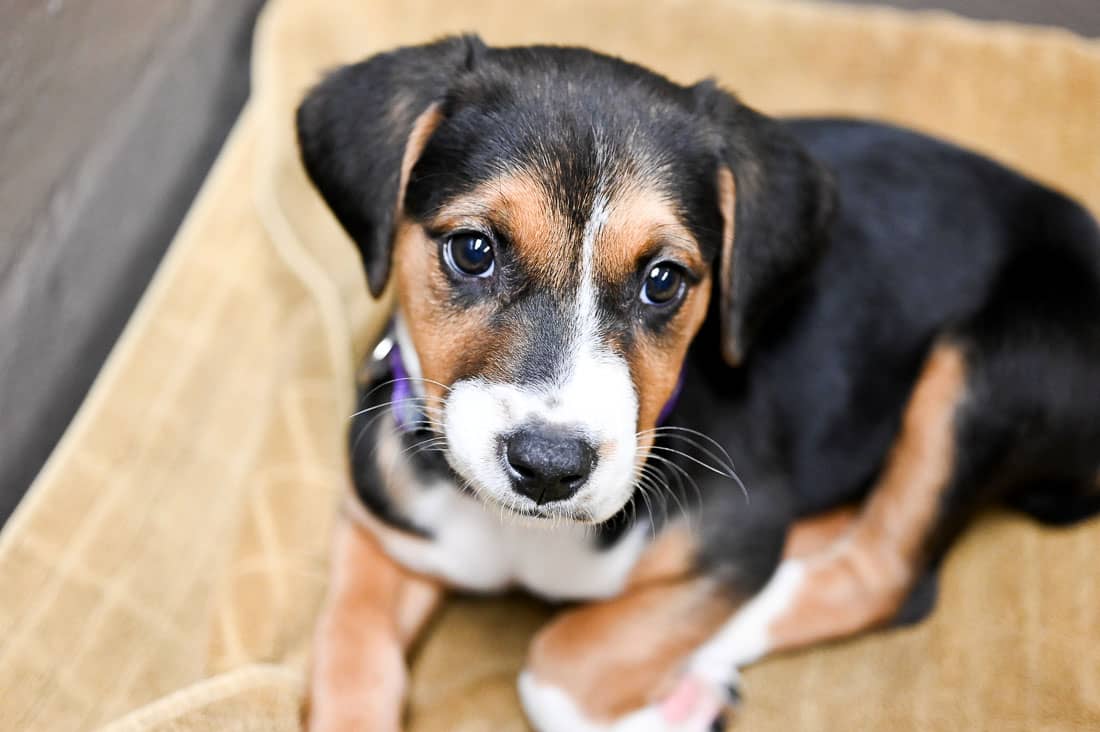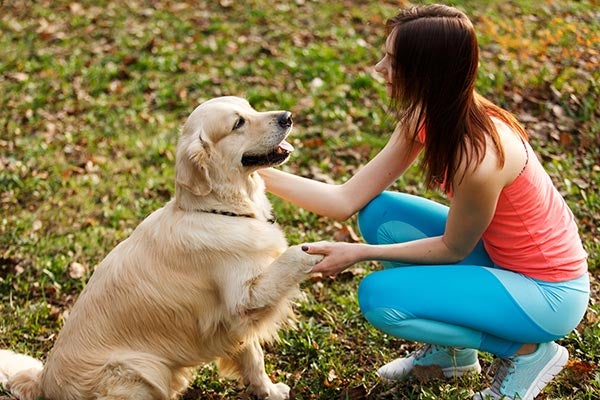The Ultimate Guide to Positive Support in Dog Training
The Ultimate Guide to Positive Support in Dog Training
Blog Article
Vital Tips for Effective Dog Training: A Guide for Pet Owners
Efficient canine training is a complex process that calls for a calculated technique tailored to both the animal's temperament and the proprietor's purposes. Recognizing how to navigate these obstacles can substantially improve the training experience, inevitably transforming the partnership in between proprietor and pet.
Recognizing Dog Habits
Recognizing canine actions is crucial for effective training and fostering an unified relationship between canines and their owners. dog training. Dogs interact mainly via body language, vocalizations, and actions, making it critical for owners to translate these signals accurately.

Socializing plays a substantial function in pet dog habits; exposure to numerous settings, individuals, and other pets can substantially affect a canine's personality. Factors such as breed features and private character need to lead training approaches, as some breeds may have particular behavioral characteristics that demand tailored approaches. By understanding these components, owners can produce a supportive atmosphere that urges positive habits, bring about effective training end results and a much deeper bond with their family pets.
Establishing Consistent Commands
Efficient communication with your dog begins with establishing constant commands. This foundational element of training is important for promoting understanding in between you and your family pet. Uniformity in the commands you use guarantees that your pet can accurately link details words or expressions with the preferred behaviors.
When selecting commands, select clear, unique words that are very easy to claim and differentiate from each other. Prevent using similar-sounding commands that might perplex your canine. For example, making use of "rest" and "stay" is ideal, but "rest" and "struck" can cause misconceptions.
Additionally, preserve the very same tone and quantity for each and every command. Dogs are delicate to vocal cues, so varying your tone can produce confusion.
It is similarly important to guarantee that all relative get on the exact same page concerning the commands utilized. A united front in command use will certainly stop blended signals and strengthen the discovering procedure.
Favorable Reinforcement Techniques
The power of positive reinforcement in dog training hinges on its ability to urge desired actions via benefits and appreciation. This technique is grounded in the concept that actions complied with by favorable end results are a lot more most likely to be duplicated. By including favorable support into your training regimen, you can effectively form your canine's behavior in a constructive fashion.
To carry out favorable support, it's important to identify what motivates your dog, whether it be deals with, playthings, or spoken praise. When your dog executes a preferred action, such as remaining on command, instantly award them with a reward or affection. This association between the command and the favorable outcome strengthens their understanding.
It's crucial to timing the rewards correctly; delivering the reinforcement within seconds of the desired behavior assists your dog make the connection (dog training). In addition, uniformity is key-- make sure that all family participants utilize the same commands and benefit systems to stay clear of complication

Gradually, you can reduce the frequency of deals with as your dog learns the actions, transitioning to commend or periodic incentives. This method not just cultivates a solid bond between you and your pet however also promotes a favorable learning environment, making educating a pleasurable experience for both.
Socialization and Communication
Constantly revealing your dog to a variety of environments, people, and various other animals is essential for their social growth. Socializing ought to start early, ideally throughout the critical window of 3 to 14 weeks, when pups are most receptive to brand-new experiences. Nevertheless, older canines can likewise gain from recurring socializing efforts.
Introduce your pet dog to various settings, such as parks, pet-friendly shops, and city locations. This direct exposure helps them adjust to different stimulations, lowering anxiety and worry reactions. Motivate positive communications with various other pets and people, making sure that these experiences are regulated and safe to foster confidence.
Utilize structured playdates with courteous dogs, as this can Related Site improve your dog's social abilities and show them proper habits. Obedience classes and training sessions additionally supply exceptional possibilities for socialization, allowing your dog to engage with others in a supervised atmosphere.
Display your pet dog's body language throughout interactions, as this will assist you gauge their convenience level. Progressively increase direct exposure to more challenging scenarios while ensuring that each experience is positive. A well-socialized canine is extra likely to show balanced actions, making them a delight to have in any kind of setup.
Dealing With Usual Training Difficulties
Every canine proprietor will certainly come across training obstacles at some point, no matter of their dog's age or socialization level. Determining usual issues such as stubbornness, diversions, and fearfulness can assist in establishing efficient techniques for renovation.

Gradually introduce disturbances as the pet becomes more proficient in commands. Short, frequent training sessions are additionally reliable in preserving focus.
Terror can hinder a canine's understanding procedure. Steady desensitization to the source of anxiety, coupled with positive reinforcement, can assist alleviate anxiousness. Persistence is vital; never ever compel a dog into a circumstance that triggers distress, as this may aggravate the concern.
Inevitably, understanding and dealing with these usual obstacles with a structured method will promote an extra effective training experience, enhancing the bond between pet and proprietor while promoting reliable learning.
Conclusion
In summary, effective pet training counts on an extensive understanding of canine behavior, the facility of consistent commands, and the application of positive support techniques. Socializing plays a critical function in creating well-adjusted family pets, while dealing with usual training difficulties requires perseverance and adaptability. By carrying out these important methods, pet dog owners can foster a strong bond with their canines and advertise preferable behaviors, eventually bring about a harmonious relationship between human beings and their try this canine companions.
Understanding pet dog habits is essential for reliable training and cultivating a harmonious relationship between dogs and their proprietors.Socializing plays a significant role in dog my blog actions; direct exposure to various environments, people, and other animals can considerably influence a pet's personality.The power of positive support in canine training exists in its ability to motivate desired habits through incentives and praise. By including favorable reinforcement right into your training program, you can efficiently shape your dog's habits in a constructive fashion.
In summary, effective dog training relies on an extensive understanding of canine actions, the facility of consistent commands, and the application of favorable support techniques.
Report this page